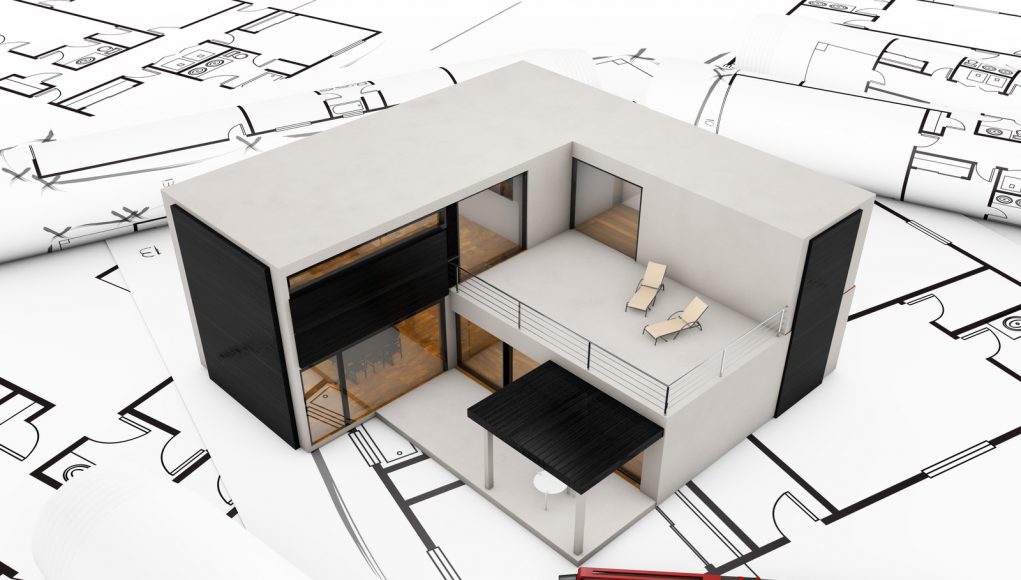Gone are the days when pre-fabricated buildings were perceived as a last resort quick and homogenous solution to housing. They have been embraced widely and are improving today’s building practices. Furthermore, there is every reason to believe that the future of the construction industry is going in that direction. Among the reasons for this argument is that the eco-friendliness and efficiency of these buildings have reached unbelievable levels. Besides this, the makers of modular structures have already put up masterpieces of buildings across the globe.
Modular buildings explained
Modular buildings are products of modular construction, which is a process where a building is constructed a way for from its site in a controlled factory setting. This method is preferred by businesses and other organizations due to its cost-effectiveness, speed in which the structure can be ready for use, and possibility of different usages.
Among some of the buildings that developers have constructed so far by employing this concept include:
· Hotels
· Student housing facilities such as hostels
· Healthcare facilities like offices and others
· Residential houses
· Multifamily structures
Reasons why modular buildings are gaining traction
So, what are some of the factors that are making this technique of putting up structures gain so much traction nowadays?
· Advancement in technology
There has been an upsurge in the use of digital modelling alongside new manufacturing methods like 3D printing, and these have transformed how people see things. Use of robots and CNC-controlled innovations is happening in nearly all areas of manufacturing including vehicles and furniture. The new ways are getting embraced across industries including construction where modular construction is the best application of these technologies.
· Shortage of skilled workforce
During and after the recession period which greatly affected the construction industry, most of the skilled workforce lost jobs or switched to other areas. When the recovery period came, there was an immediate acute shortage of skilled labour as the new generations prefer other professions, hence construction lacked the needed workforce. Modular buildings, which need far less labour, became the solution.
· The best combination for growing economies
Some of the factors which have made modular construction the way to go include improvement in technology, reduced skilled labour, high cost of skilled workforce, and shifts in the economy. The need for quick returns on investment, increased clients demands, and higher quality standards have also made this method the most viable option.
Advantages of modular buildings
Other than being economical, modular buildings are the future of construction because they are environmental-friendly. You can also consider them to enjoy their advantages, but first browse commercial buildings page to learn more about this construction method.
Some of the advantages of modular buildings include:
· Speedy construction – Putting up structures is done quickly, saving time thanks to the removal of delays due to bad weather or unskilled workforce. Projects can be completed 30-50% quicker since site preparation and construction of modules happen simultaneously.
· Cost-saving – The level of efficiency is high. Labour costs are greatly slashed because fewer workers are needed, material wastage due to weather elements is eliminated, and the faster completion means quicker returns on investment.
· Less impact on the site – Due to fewer activities when delivering materials and constructing, restorative work and costs after the project completion are far less.
· Eco-friendliness and sustainability – The highly reduced wastage of material and usage of wood (a renewable resource) are indicators of modular buildings as an eco-friendly method of construction.
Conclusion
Modular buildings are certainly the future of the construction industry because it of their high efficiency. They are eco-friendly and solve a myriad of complex problems. The end products of this construction technique are magnificent, customizable for the client, and durable. Technological improvements also support it as well as many other forces. We can only wait to see the future skyscrapers being modular buildings.
















